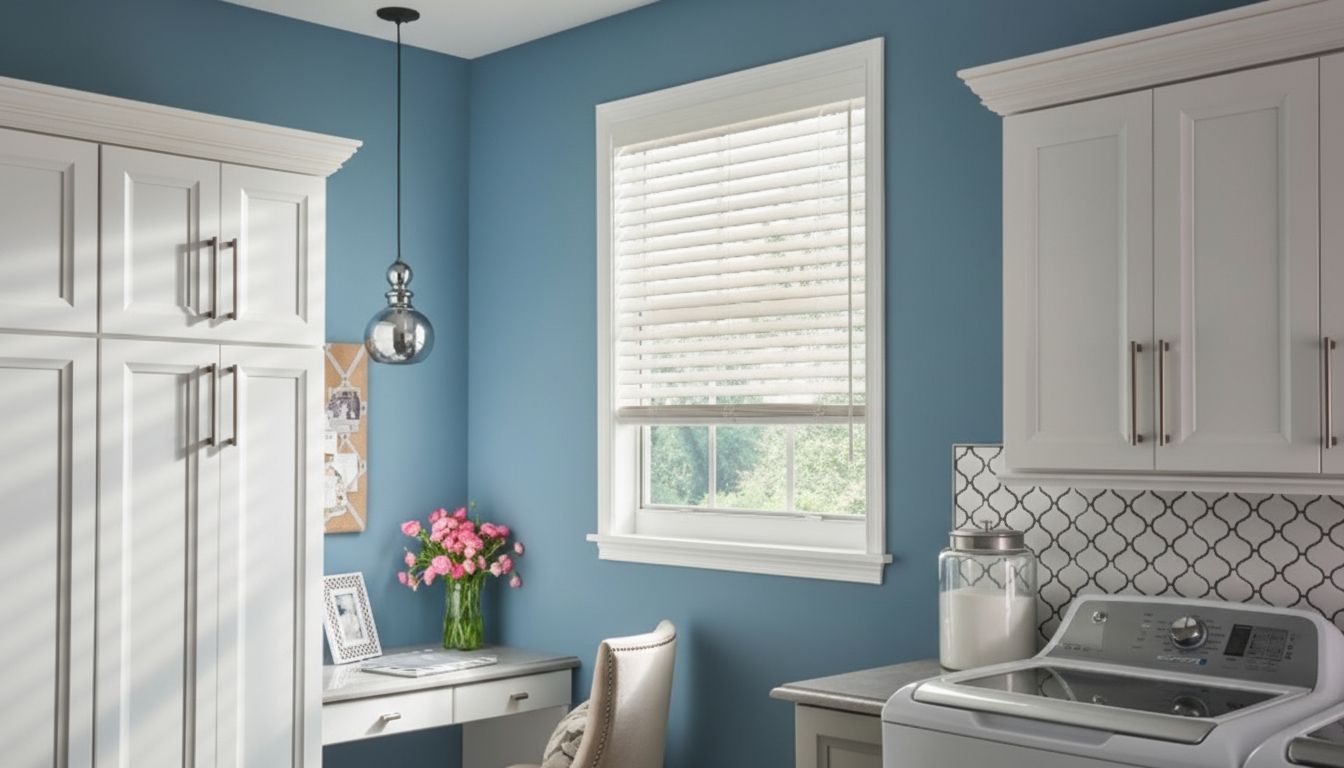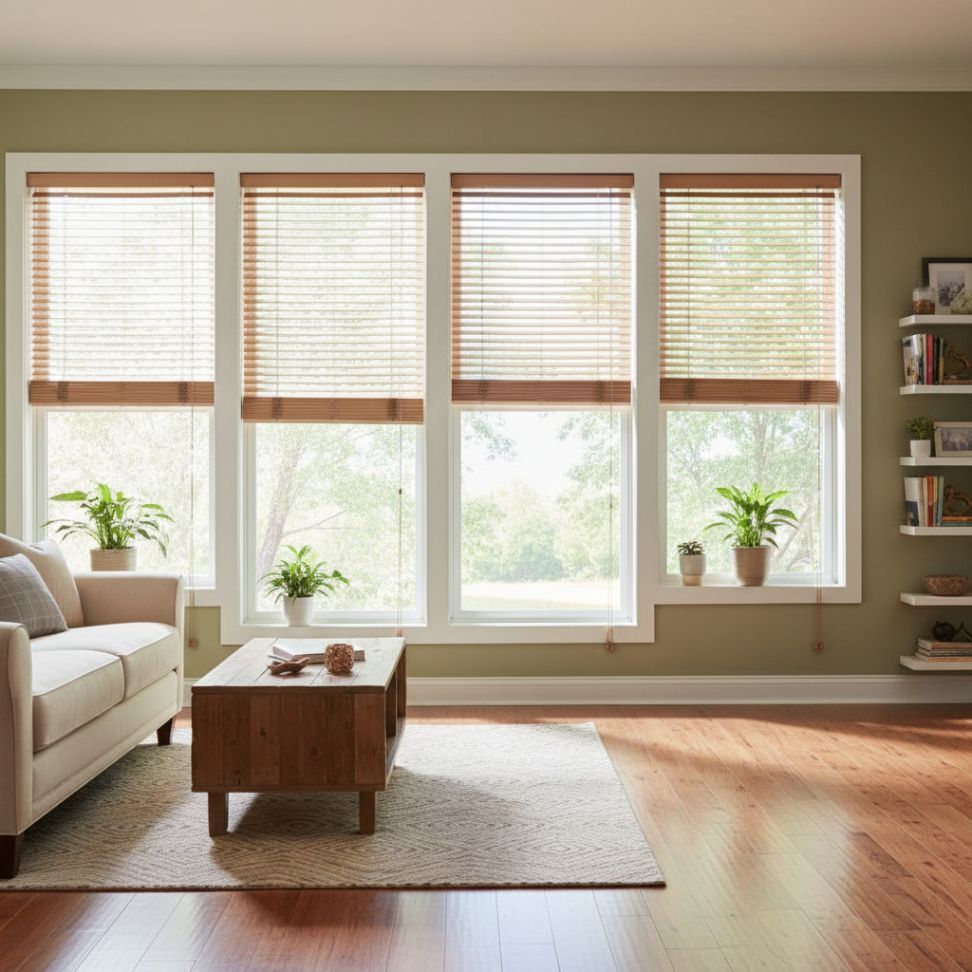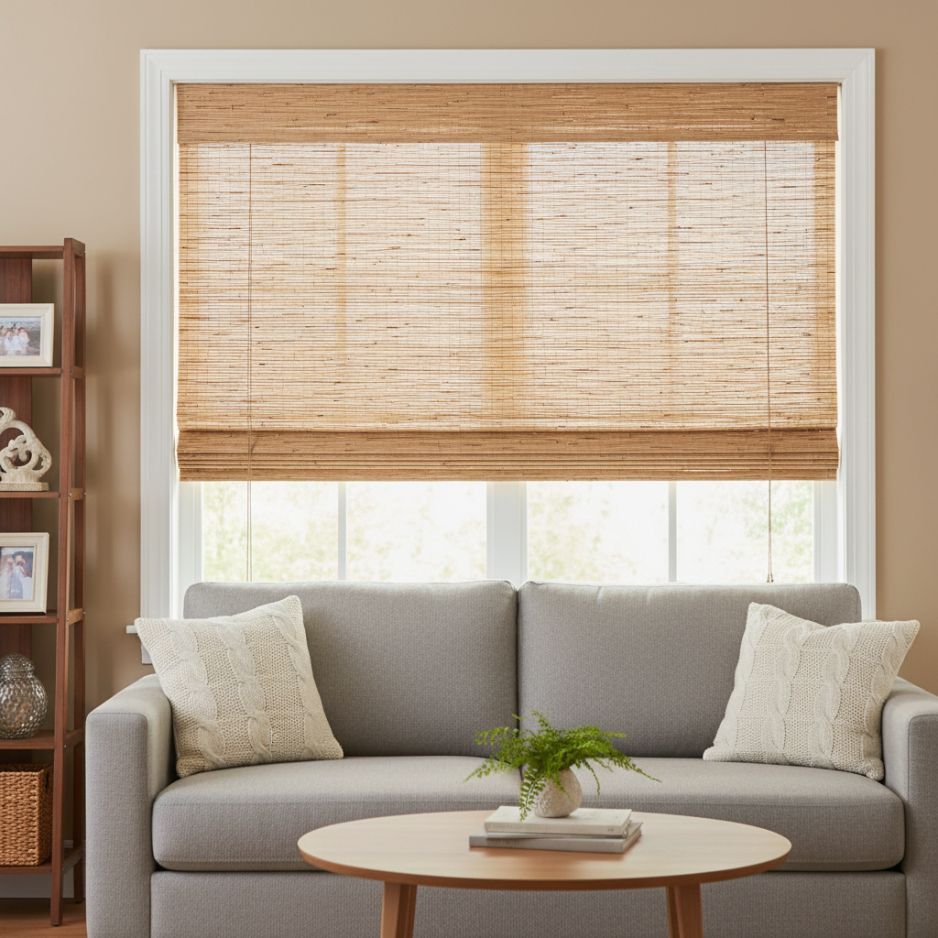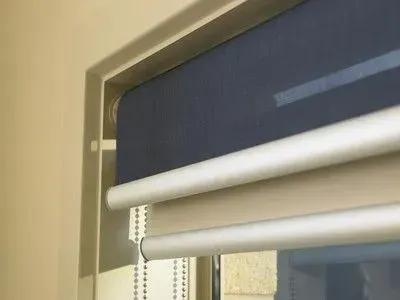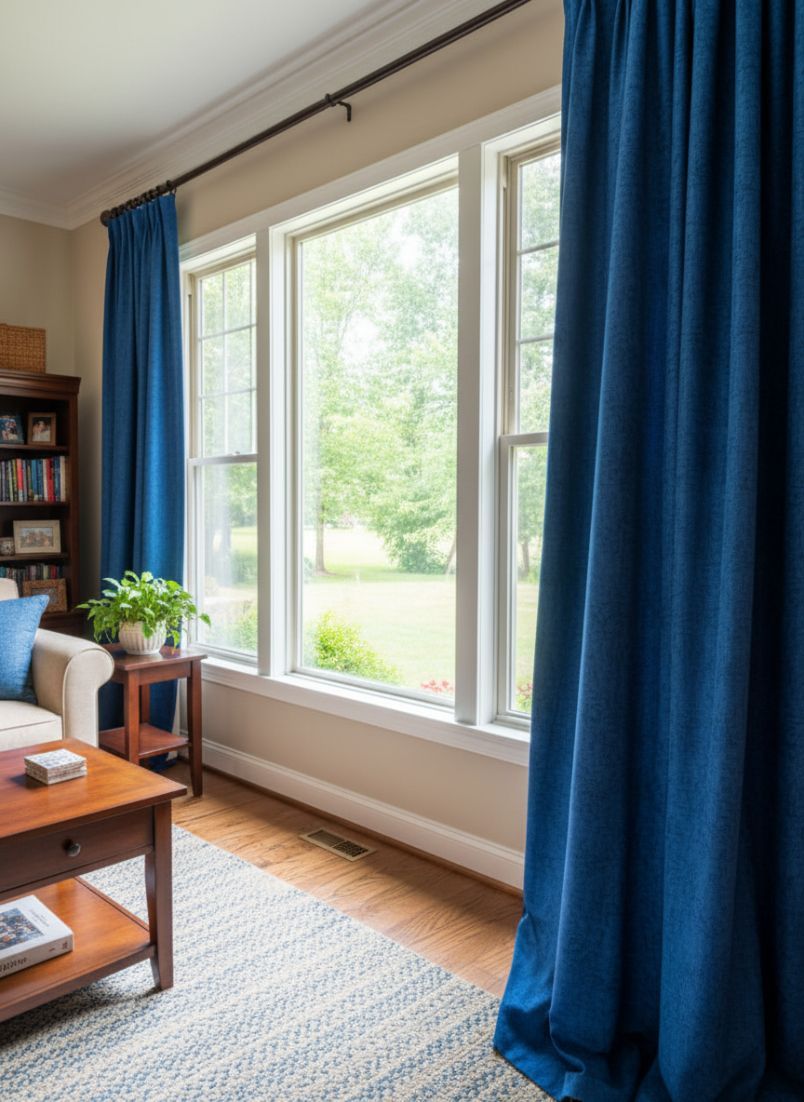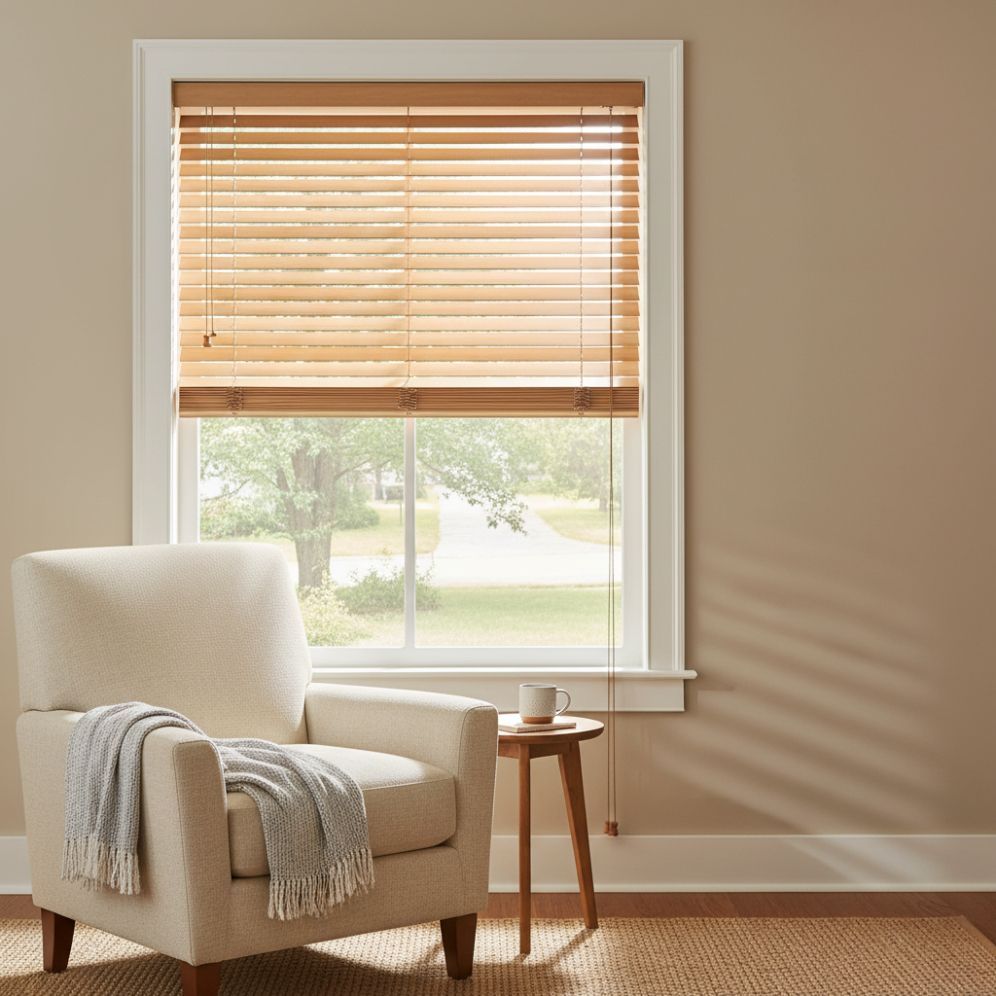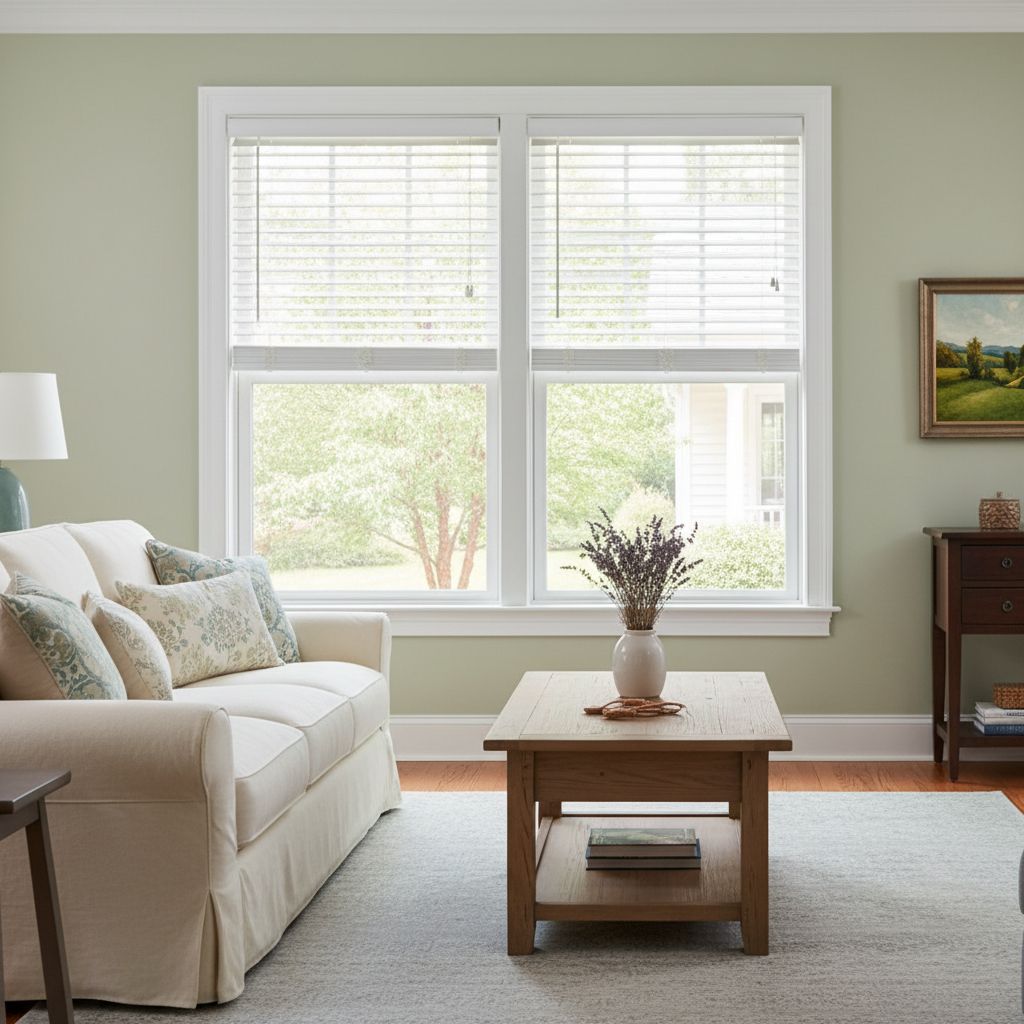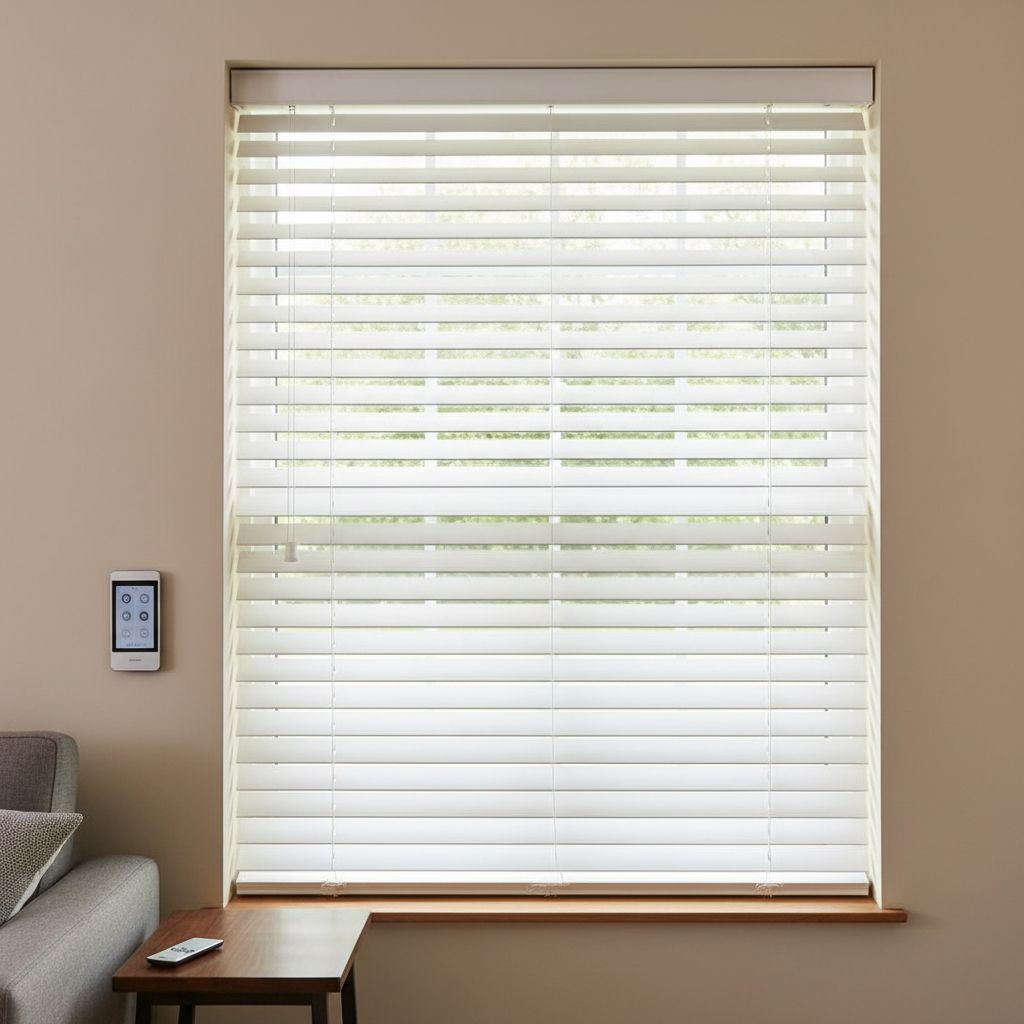Do Blinds Really Help Lower Energy Bills in Arizona Homes?
TLDR:
Yes — installing the right blinds can significantly reduce energy bills in Arizona homes. By blocking direct sunlight, reducing indoor heat gain, and offering insulation, energy-efficient blinds lower cooling costs during the state’s long, hot summers.
How Arizona’s Climate Affects Home Energy Use
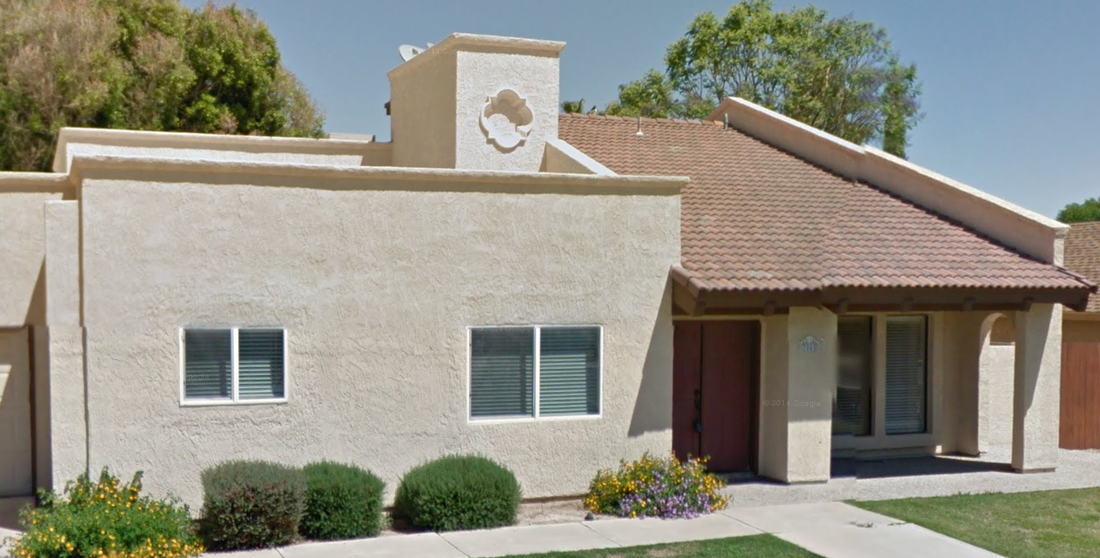
Arizona’s blistering summers aren’t just uncomfortable—they’re expensive.
With average summer highs well above 100°F in cities like Phoenix, Tucson, and Mesa, air conditioning becomes a non-negotiable.
Here’s what that means for energy usage:
- Up to 50% of household energy bills go to cooling costs in peak months
- Sun-facing windows act like radiators, intensifying indoor temperatures
- Cooling systems work harder and longer, increasing wear, tear, and cost
Homes that lack proper window coverings are essentially inviting the heat in. That’s where blinds step in. More than just decorative features,
eco-friendly blinds play a crucial role in blocking direct sunlight, improving insulation, and reducing cooling costs—especially in a state like Arizona where sustainability and energy savings go hand in hand.
Why Arizona Homes Struggle With Cooling Costs
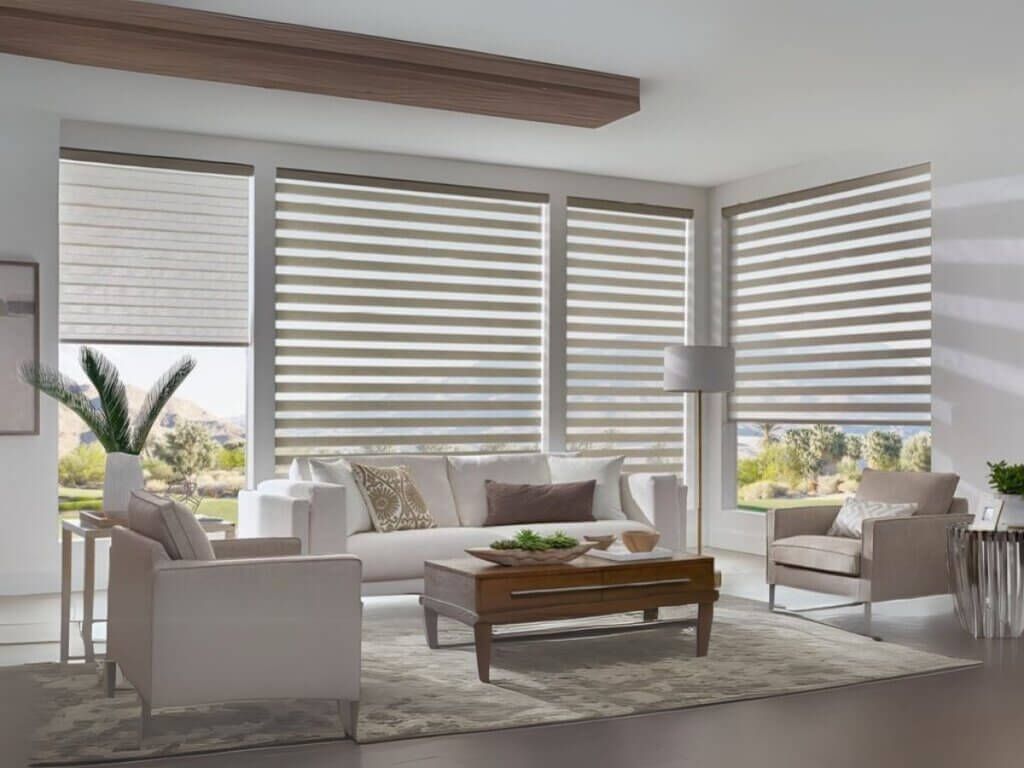
Several factors make cooling Arizona homes more challenging than in other regions:
- Direct solar gain: East-, west-, and south-facing windows collect intense sun exposure throughout the day
- Wide daily temperature swings: The desert cools off at night, but indoor heat lingers without proper insulation
- Large windows and open layouts: Common in modern AZ homes, but they also invite more heat
Blinds can help manage these issues by limiting how much solar energy enters and accumulates indoors.
East, West, and South-Facing Windows: What Matters Most?
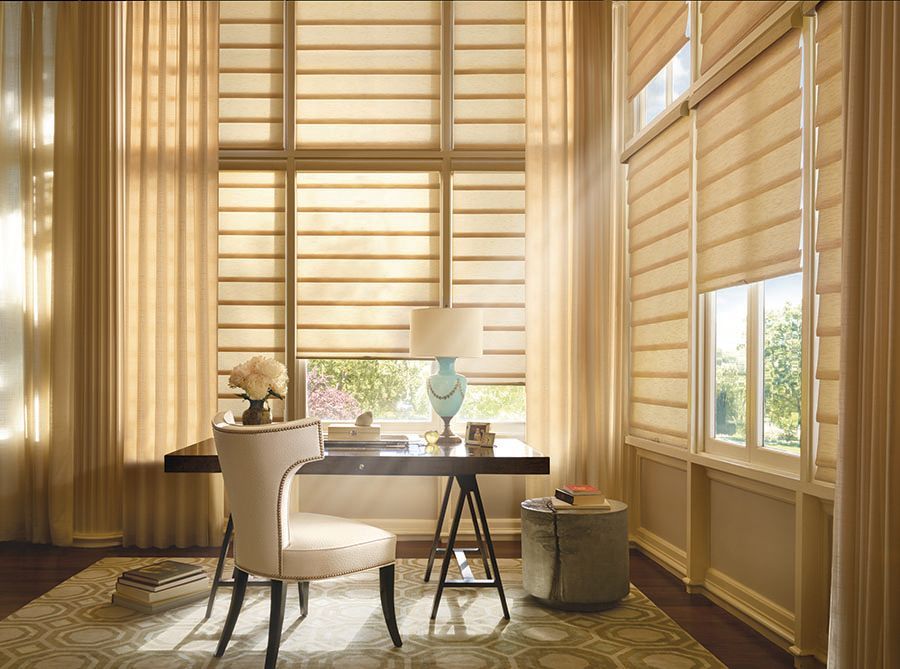
Not all windows contribute equally to heat buildup.
- East-facing windows collect strong morning sunlight, quickly warming up the home
- West-facing windows absorb late afternoon sun, right when temperatures peak
- South-facing windows take in consistent sunlight year-round, increasing heat gain in both summer and winter
Energy-saving blinds tailored to these exposures help control when and how much sunlight enters, making a real impact on cooling demands.
Seasonal Differences: Blinds in Summer vs. Winter
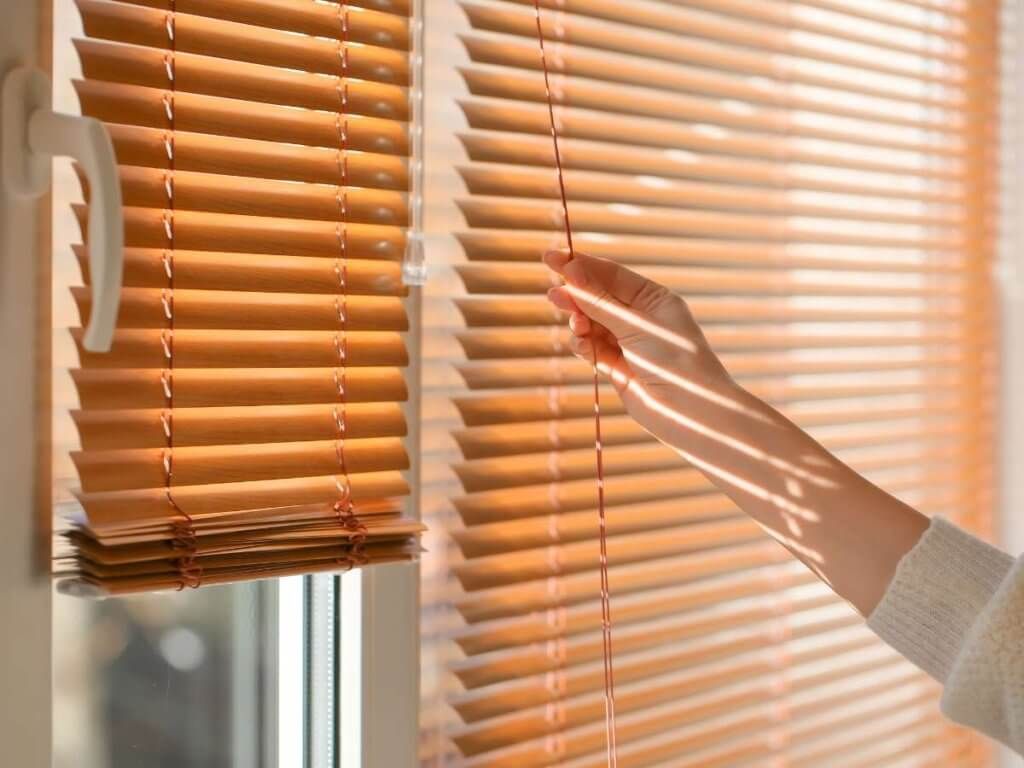
Blinds are not just a one-season solution.
In summer:
- Reduce indoor temperatures by blocking direct sunlight
- Lessen the load on AC systems, especially during peak hours
- Maintain cooler temperatures throughout the home
In winter:
- Insulating blinds retain warmth during chilly desert nights
- Open during the day to let in sunlight and warmth, then close at night to preserve heat
The right blinds offer year-round climate control, improving comfort and savings.
Types of Energy-Efficient Blinds for Arizona Homes
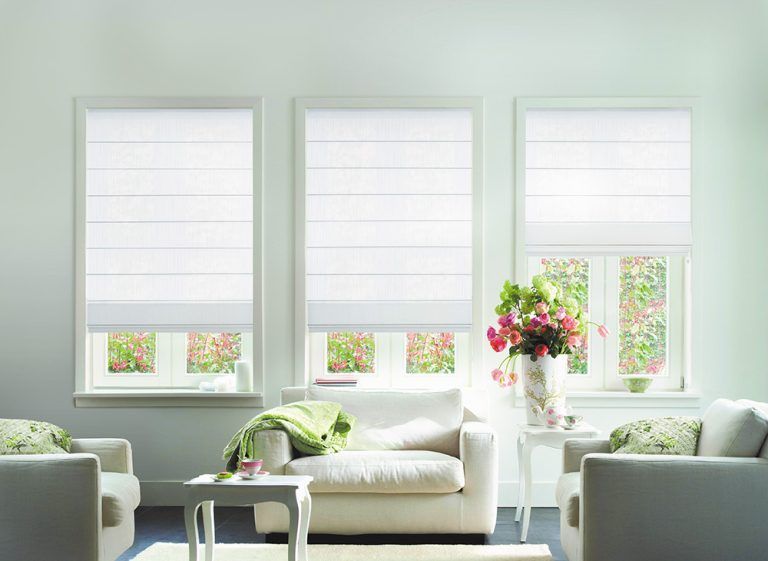
Not all blinds are created equal. For maximum energy savings, here’s what to consider. At Love Is Blinds AZ, we offer a wide range of custom options, from honeycomb shades to UV-filtering solar blinds, tailored to Arizona’s climate and your home’s needs.
Cellular Shades (Honeycomb Blinds)
- Designed with air-trapping pockets that
insulate windows
- Help
reduce thermal transfer, keeping cool air in and hot air out
- Available in
single, double, or triple-cell designs for enhanced efficiency
Ideal for Arizona homeowners who want a soft, modern look and powerful insulation.
Solar Shades and Roller Shades
- Made with
UV-filtering fabrics that reduce glare and block sunlight
- Maintain outside views while limiting heat gain
- Open weave percentages let you choose
how much light to filter (1% to 10% openness)
Perfect for living rooms or offices where you want both light and comfort.
Faux Wood and Composite Shutters
- Offer a
durable, desert-friendly alternative to natural wood
- Provide excellent coverage and
tight closure to block heat
- Highly rated for
thermal resistance and UV durability
They’re especially effective in high-heat zones like Phoenix.
Dual Treatments: Layering Curtains + Blinds
Combining window treatments creates layers of insulation:
- Add
thermal curtains over blinds for extra heat control
- Use
blackout drapes for bedrooms to maximize comfort
- Prevent both light penetration and thermal loss
This combination significantly boosts energy savings in rooms that get too hot or cold.
Exterior Shades and Window Film (Bonus Options)
Consider upgrades beyond traditional interior blinds:
- Exterior solar screens block UV rays before they hit the window glass
- Reflective window films deflect heat, reducing indoor temperature spikes
- Paired with indoor blinds, these options provide
double the defense against heat
This approach is ideal for
homes with large or unshaded windows.
Cost, ROI & Incentives in Arizona

Now the practical question—what’s the investment?
How Much Do Energy-Saving Blinds Cost?
- Cellular shades: $100–$300 per window (custom sizes cost more)
- Solar and roller shades: $80–$250 per window
- Shutters: $200–$400 per window
- Exterior treatments and films: $150–$500+ per window
The price varies by size, brand, and material, but long-term savings make it worthwhile. Love Is Blinds AZ helps Arizona homeowners find the right balance between performance and price, offering solutions that fit every budget and deliver long-term energy savings.
Estimated Payback Period by Blind Type
- Cellular shades: ~2–4 years
- Solar shades: ~1.5–3 years
- Shutters: ~4–6 years (but last longer)
If energy costs continue rising, that ROI shortens further.
Arizona Utility Rebates & Tax Incentives
Some local utility companies support home efficiency upgrades:
- SRP (Salt River Project): Offers rebates for sun-blocking window attachments
- APS (Arizona Public Service): Home Energy Checkup participants may qualify for
incentive programs
Contact your utility provider to see what’s currently available.
Smart Blinds and Automation Technology

Arizona’s extreme climate pairs well with smart automation.
What Are Smart Blinds & How Do They Save Energy?
- Blinds that
adjust based on temperature or sunlight levels
- Equipped with
sensors, timers, and mobile apps
- Automatically close during peak heat hours to
reduce AC demand
They provide hands-off efficiency that maximizes savings.
Integrating With Home Automation Systems
- Compatible with
Amazon Alexa, Google Home, and Nest thermostats
- Schedule blinds to open/close
based on sunrise, sunset, or occupancy
- Sync with
smart thermostats for adaptive cooling strategies
Smart blinds are ideal for tech-savvy homeowners who want
maximum convenience with minimal effort.
DIY vs. Professional Installation in Arizona
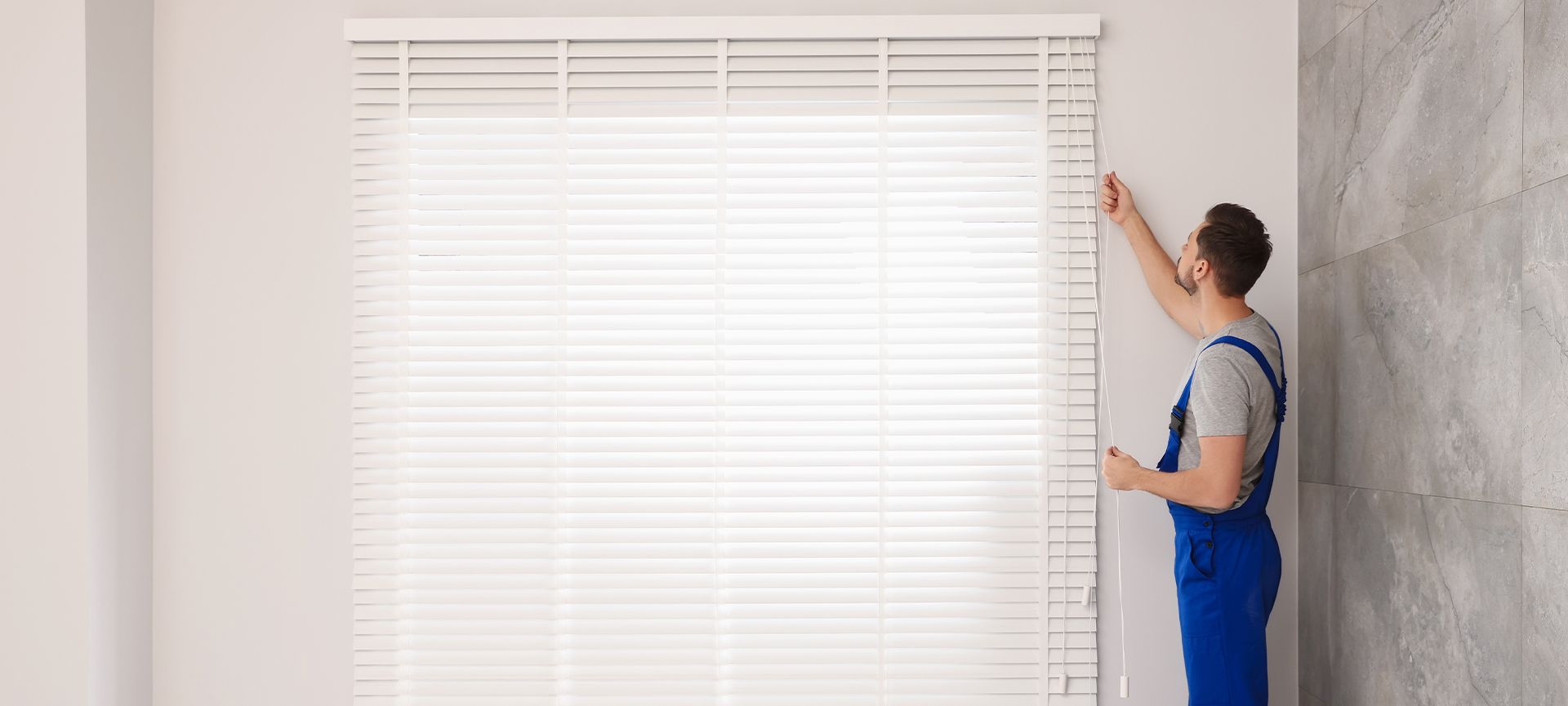
It’s tempting to go the DIY route—but does it pay off?
Should You Install Energy-Saving Blinds Yourself?
DIY works for:
- Simple roller or faux wood blinds
- Standard-sized windows
- Basic installations with good instructions
Just be aware of:
- Measurement accuracy
- Mounting depth and clearance
- Tools required
Mistakes can diminish insulation value and waste time.
When to Call a Professional (and Why It Matters)
Hire a pro if:
- You have
arched or oversized windows
- You want
motorized or layered treatments
- You’re concerned about
thermal gaps or light leaks
Professionals ensure optimal coverage and insulation, which maximizes ROI.
Maintenance Tips for Dusty Desert Conditions
Arizona’s dry, dusty climate wears down blinds fast. Protect your investment:
- Wipe blinds weekly with a
microfiber cloth or vacuum brush
- Use
UV-protectant sprays on fabric blinds to extend life
- Avoid moisture-based cleaners that attract dust
- Check hardware seasonally to ensure tight seals
Proper care maintains both
appearance and performance.
Environmental and Health Benefits
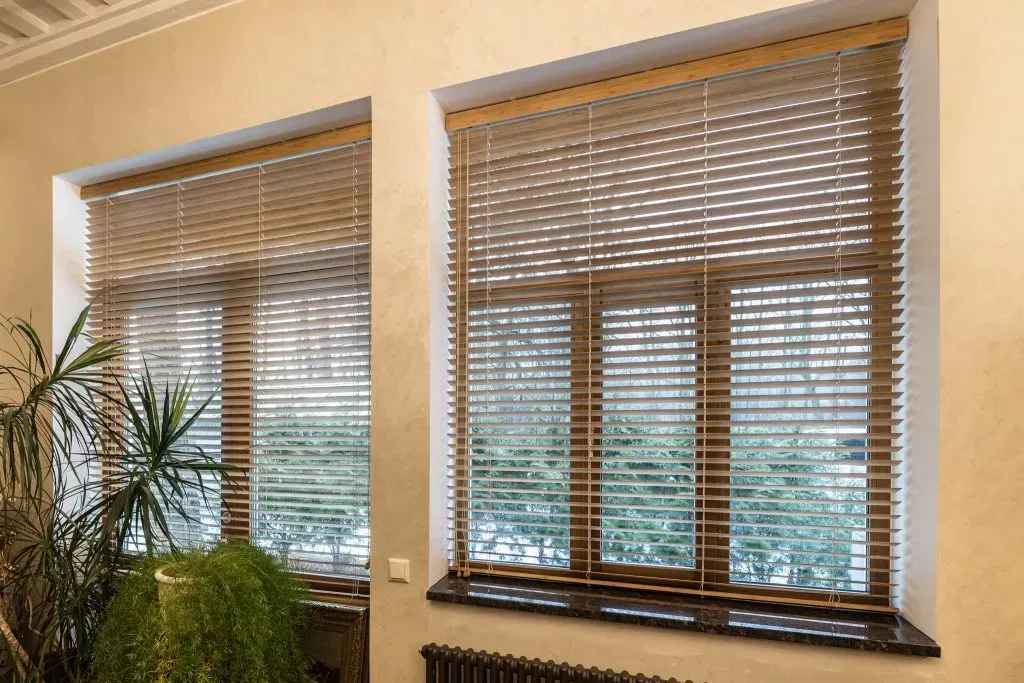
Blinds don’t just save energy—they protect your health and home.
UV Protection for Skin and Furniture
- Energy-efficient blinds block up to
99% of UV rays
- Prevents
furniture fading, flooring damage, and paint deterioration
- Reduces
UV exposure inside your home, benefiting your skin long-term
UV-blocking blinds are a must in sun-heavy states like Arizona.
Lower Carbon Footprint Through Energy Efficiency
- Reduced AC use =
lower greenhouse gas emissions
- Helps meet
sustainability goals and building codes
- Encourages
eco-conscious living with every season
A small choice like blinds contributes to a
larger energy-conscious lifestyle.

